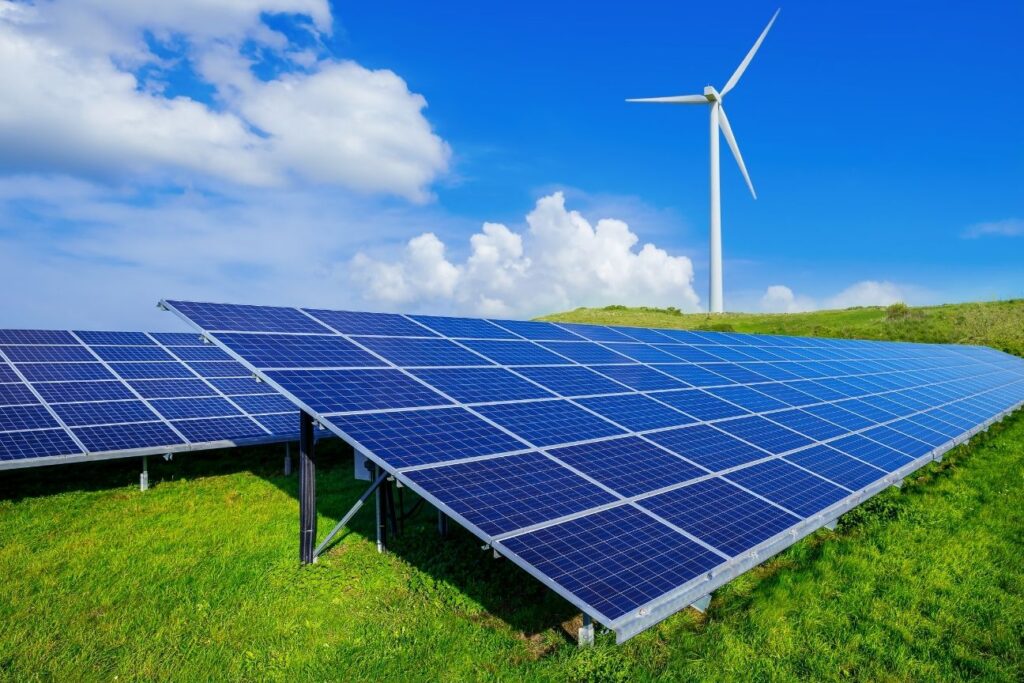Through this piece, we aim to unveil the intricacies of green energy subsidies and their role in the promotion of sustainable energy.
Introduction
The world is transitioning toward green energy, largely due to growing environmental concerns and the depletion of conventional energy resources. Governments around the globe are encouraging the application of renewable energy sources through various strategies. One such policy tool that’s gained significant attention is green energy subsidies.
Let’s dive deeper to unravel what exactly these green energy subsidies are, why they’re needed, and the benefits they offer.
What are Green Energy Subsidies?
Green energy subsidies are financial aids provided by governments to companies that produce or supply green energy. These subsidies come in different forms, like cash grants, tax credits, or price guarantees, and are designed to encourage investment in and production of renewable energy sources.
Why are Green Energy Subsidies Necessary?
Fossil fuels have long dominated the global energy market because they’ve been relatively cheaper than renewable energy sources. But this isn’t because fossil fuels are inherently more cost-effective. It’s largely because the negative environmental impacts (carbon emissions, air pollution, etc.) are not accounted for in fossil fuel pricing.
Here are a few reasons why green energy subsidies are needed:
- To Level the Playing Field: Green energy subsidies help to compensate for these market distortions and make renewable energy more competitive.
- To Encourage Innovation: Subsidies provide the necessary financial support for research and development in renewable energy technologies.
- Cost Reduction: Over time, as renewable technologies mature and economies of scale kick in, subsidies can help bring costs down.
- Environmental Protection: Green energy subsidies promote sustainability by reducing dependence on fossil fuels and lowering greenhouse gas emissions.
Main Types of Green Energy Subsidies
There are several types of green energy subsidies used by governments worldwide to encourage renewable energy production:
- Direct Cash Grants: This direct financial support is provided for renewable energy projects.
- Tax Incentives: These include tax credits, tax exemptions, or accelerated depreciation offered for renewable energy investments.
- Feed-in Tariffs: Long-term contracts and pricing guarantees provided for renewable energy producers.
- Power Purchase Agreements: Long-term contracts between renewable energy developers and utilities, where the utility agrees to purchase the green power generated at a pre-determined price.
Impact of Green Energy Subsidies
Green energy subsidies have had a profound impact on renewable energy markets around the globe. They’ve substantially increased demand for green technologies and encouraged private investment in green projects. Such benefits aside, they’ve also helped lower the cost of renewable energy over time, cut greenhouse gas emissions, and brought about numerous jobs in the renewable energy sector.
A Vision for the Future
While green energy subsidies have played a vital role in propelling the renewable energy sector forward, they are not without controversy. Critics argue that subsidies can distort market dynamics and potentially lead to the underpricing of renewable energy.
Despite the challenges, green energy subsidies remain an instrumental tool to speed up the global transition towards sustainable energy solutions.
Conclusion
Green energy subsidies have emerged as an essential policy tool to foster the growth of renewable energy and aid our transition towards a sustainable energy future. While they’re not without challenges, with sound policy design and execution, these subsidies can continue to play a decisive role in creating a greener future for all.
Remember, understanding green energy subsidies is more than just getting to know a fiscal instrument—it represents a step closer to appreciating our wider efforts in combating climate change and promoting global sustainability.



